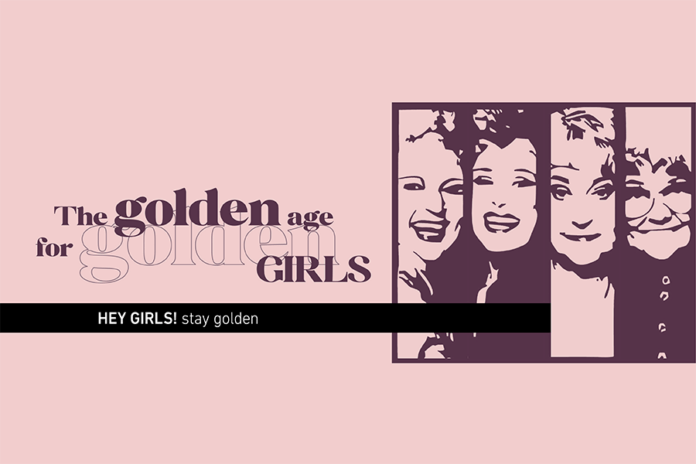Fifty years ago retirement was ushered in, on a fairly universal timeline, complete with a gold watch and a bottle of scotch. For most of us, the game has shifted during our lifetime. Retirement is no longer guaranteed, and is certainly not beholden to a standard age. A number of factors affect how and when a person may retire. For women, there are additional considerations like family structure and work dynamics, which have historically weighed more heavily on female partners. Women are also living longer – a good thing – but a shift that brings more focus on extended care and medical access, especially in light of the fact that they may very likely (statistically speaking) be navigating that portion of their lives without a partner. The good news, though, is that women are approaching money with a confidence and financial literacy not accessible to their parents’ generation. Women are also finding creative solutions to the possibility of aging alone, including cohabitating with friends a la Golden Girls.
Everyone faces challenges when looking toward retirement, but there are some obstacles that are simply more prevalent in the experiences of women. There’s a noted retirement gap between men and women. That discrepancy doesn’t happen spontaneously, but is the result of a lifetime of inequity. Women generally save about 30% less than men over their lifetimes. Women also more often rely on part-time employment, which typically lacks benefits, delegating the majority of household earning responsibility to their higher-earning spouses.
While family structures are opening up and shifting form, the standard nuclear dynamic remains. In the majority of American households, women carry more of the childcare and house management responsibilities. That may very well be an agreed-upon division, and a desire on the part of that individual woman, but the ripples from that division of labor affect most women long after their children have flown the nest. Men are still more likely to retain linear career-path employment, typically while accruing uninterrupted benefits. While those benefits accumulate, a common agreement often forms between partners – the expectation that the man’s retirement benefits will kick in for both partners when the moment arrives. Unfortunately, life and love sometimes have other plans and, well, that arrangement doesn’t always materialize.
In a fairly typical example, a woman spends her 20s, 30s, 40s focused on child care and availability for familial needs. During those years, she understandably deprioritizes get-ahead employment, opting for smaller jobs that fit her needs. Those jobs don’t offer benefits, but she’s not worried because her spouse has a solid retirement account and a financial plan for the family. And yes, this path could follow through to a robust, content retirement life for both
partners. Unfortunately, we all know too well the next potential forks in the road.
Women, more often than men, find themselves playing a desperate game of catch-up later in life as they navigate a future built without a reliable cushion. Having spent their working years earning statistically less than their male counterparts and requiring sporadic breaks in their career paths leaves many women in a precarious place. And while everyone can intellectually acknowledge the possibility of death and divorce, most don’t consider a contingency plan.
Another obstacle women face actually stems from a pretty positive factor – women are living longer than men. Good news, right? Well, yes, but longevity comes with its own costs. Women of an advanced age are, more often than not, faced with health concerns that require ongoing care. This care is often carried out without the presence of a spouse. The good news here is that we’re entering the era of wild widows, of solo sisters, of Golden Girls. Faced with later-in-life concerns of health care, housing and social needs, women are creating their own unique paths. In recent years, several case studies of women developing their own housing alternatives have gained popularity. One early group that rose to early notoriety in the Golden Girls trend encompassed seven women in Guangzhou, China. The friends, disillusioned with more traditional options, decided to pool 4 million yuan (roughly $500,000) in 2018 to convert a rural dream house in which they would live out their days. Each woman agreed to take on a specific role in the house – from gardening to cooking to running errands. The arrangement offered the group some financial breathing room, while ensuring they would have, and give, mutual care as needed.
After covid, the trend gained momentum. Marianne Kilkenny, 74, carried the trend with her to Asheville, North Carolina in 2021 after deciding she wanted to avoid the costs, and potential loneliness, of assisted living. She purchased a property with multiple bedrooms, private bathrooms, and two kitchens. Her design fell between shared housing, defined as a traditional roommate scenario, and co-housing, in which each member has her own house or apartment with some shared space for socializing. As stories like this circle the globe, more and more women are feeling inspired. Recently, a collective in the U.K. materialized to offer a blueprint for more organized women cohousing options. Maria Brenton, Senior Ambassador of The UK Cohousing Network, describes her facility, New Ground, as a response to “the ageism, paternalism, the infantilization of older people by social care services.” The 25-unit development offers single women their own apartment in a North London suburb. Each unit flanks a shared community room and large garden, allowing for socialization by design.
Whether commandeered by two old friends, or created as an intentional ecosystem by a collective, these arrangements point to a more important truth – women are finding their own way. The past several years have seen an uptick in financial literacy programs specifically aimed at older women. Both single and married women are navigating their futures with a wider peripheral vision. They’re considering not just the “what if” but the ever-important “how.”























